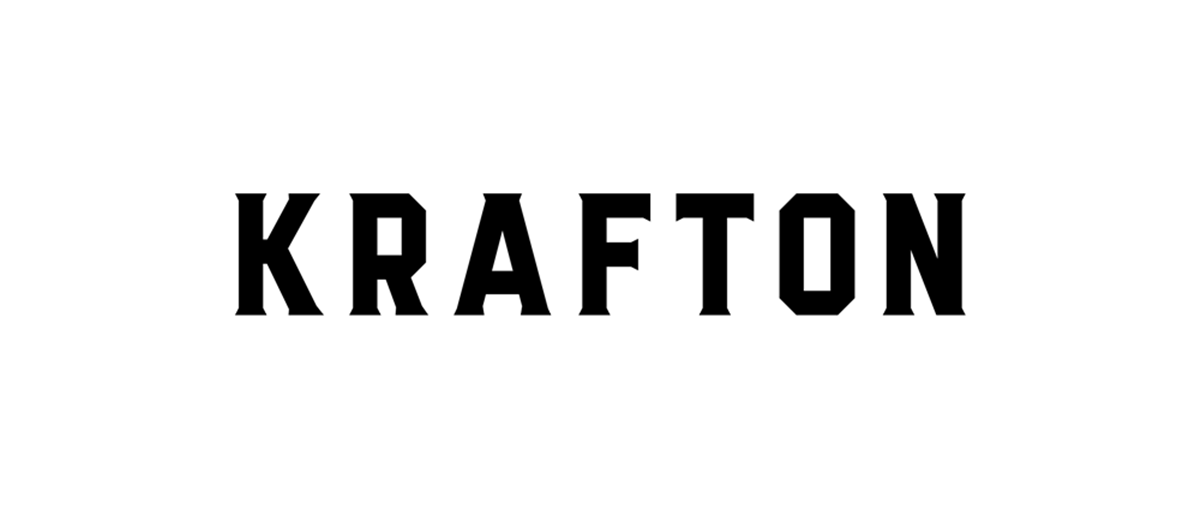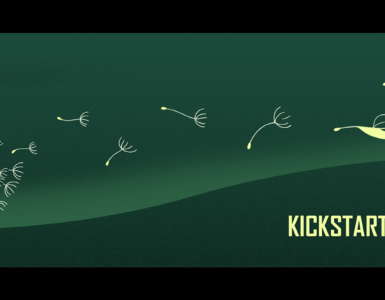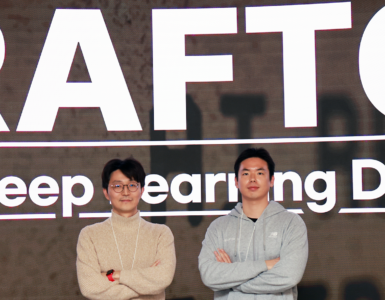Using Horror Engineering to Create Unforgettable Scares
“There’s nothing more satisfying than taking players on a terrifying ride that stays with them long after they’ve put the controller down.” Striking Distance Studios CEO Glen Schofield, who has been passionate about survival horror games for decades, said as the company announced that its new game “The Callisto Protocol” will be launched in December this year. Aiming at creating such an exceptionally scary experiences, developers at Striking Distance Studios are using what is called “Horror Engineering.” Keep reading this contributed article by Glen Schofield to learn more about this special process.
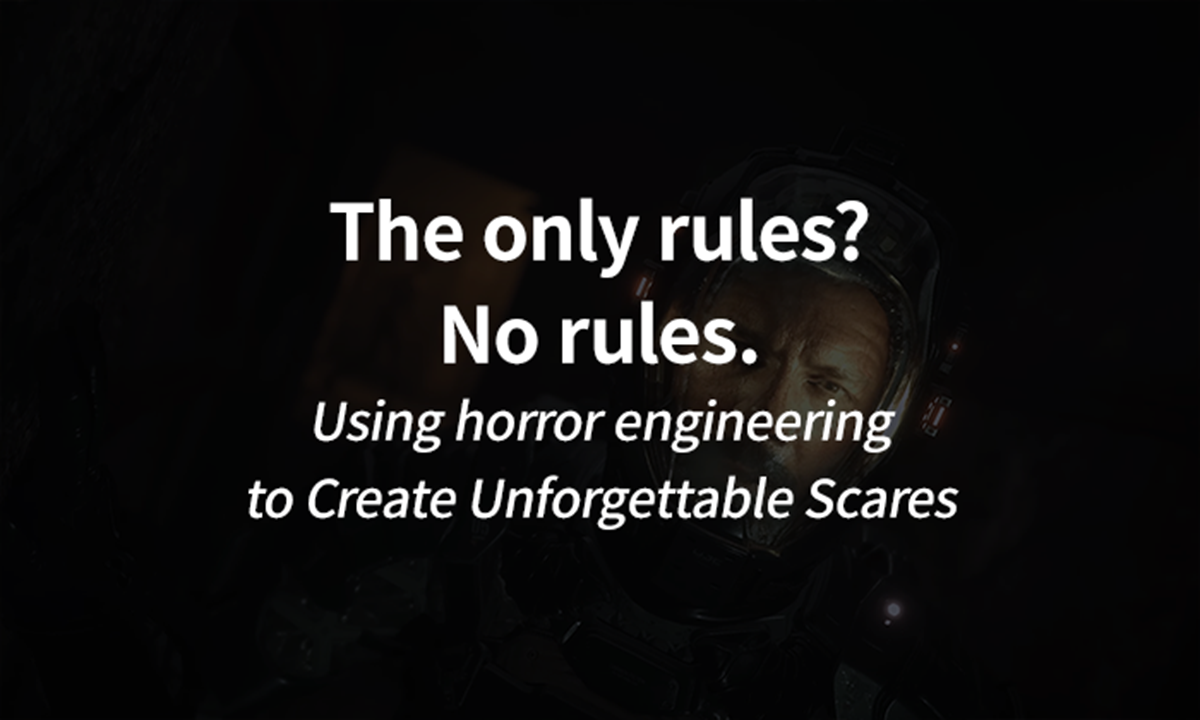
Horror is a difficult genre to get right. There are a million little variables that determine whether something is scary or not. If any of these details aren’t just right, the whole game can fall flat.
As a developer, you quickly learn that the only rule for making great horror experiences is that there are no rules. It’s all about trusting your gut.

How many times should that light flicker? Should you delay the audio effects for that scream a fraction of a second, or should you speed it up a little bit? Does the creature jump out from the left or from the right? Should the player have two bullets in this encounter, or just one? These little details can make all the difference when designing a horror game.
Great horror is crafted by hand. It’s a labor of love. And inspiration can come from anywhere. Lately, I’ve been watching a lot of Korean horror movies that have brought a lot of exciting new ideas to the genre. It’s important that you keep an open mind when designing great scares.
That’s why the team at Striking Distance Studios approaches creating scary experiences with a process we call “Horror Engineering.”
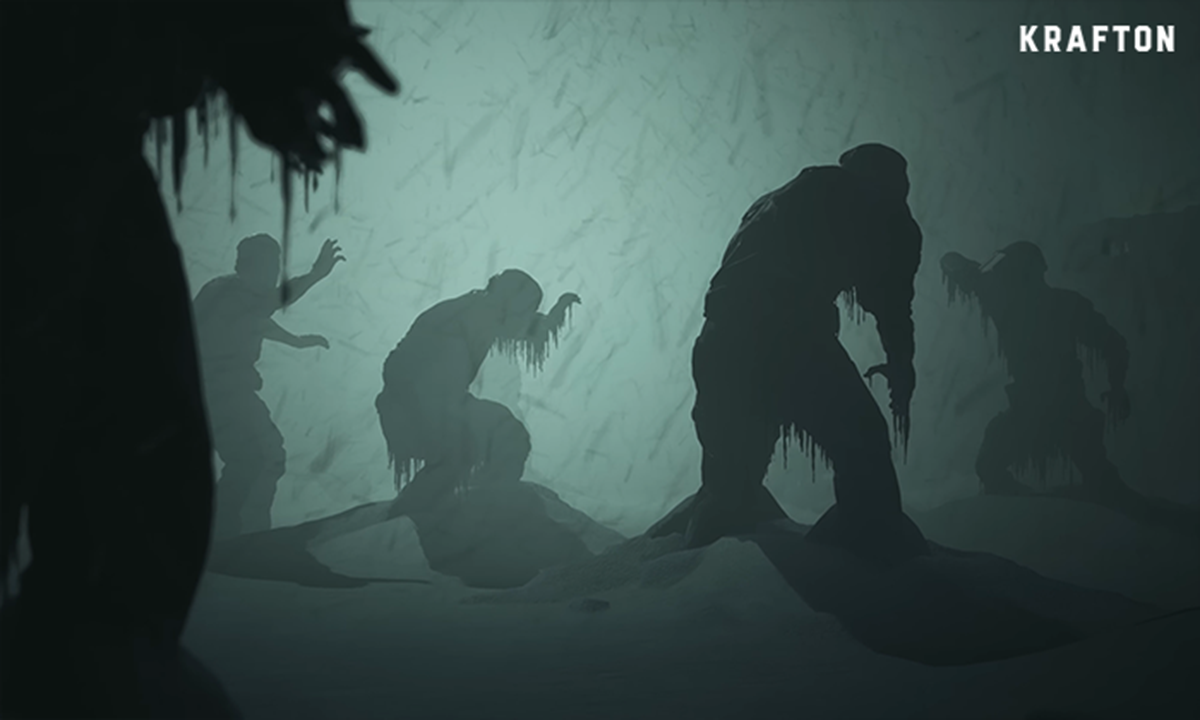
Horror Engineering means breaking down all the parts of what goes into great scares and combining them in new and interesting ways. We’re always looking for the right blend of atmosphere, tension, and brutality, while still making sure that players feel helpless and don’t lose sight of their humanity, even in the most terrifying situations. Nothing is ever off the table.
Let’s take a quick look at the different aspects of horror engineering and how the team at Striking Distance Studios is using them to create the all-new sci-fi survival horror game “The Callisto Protocol.”
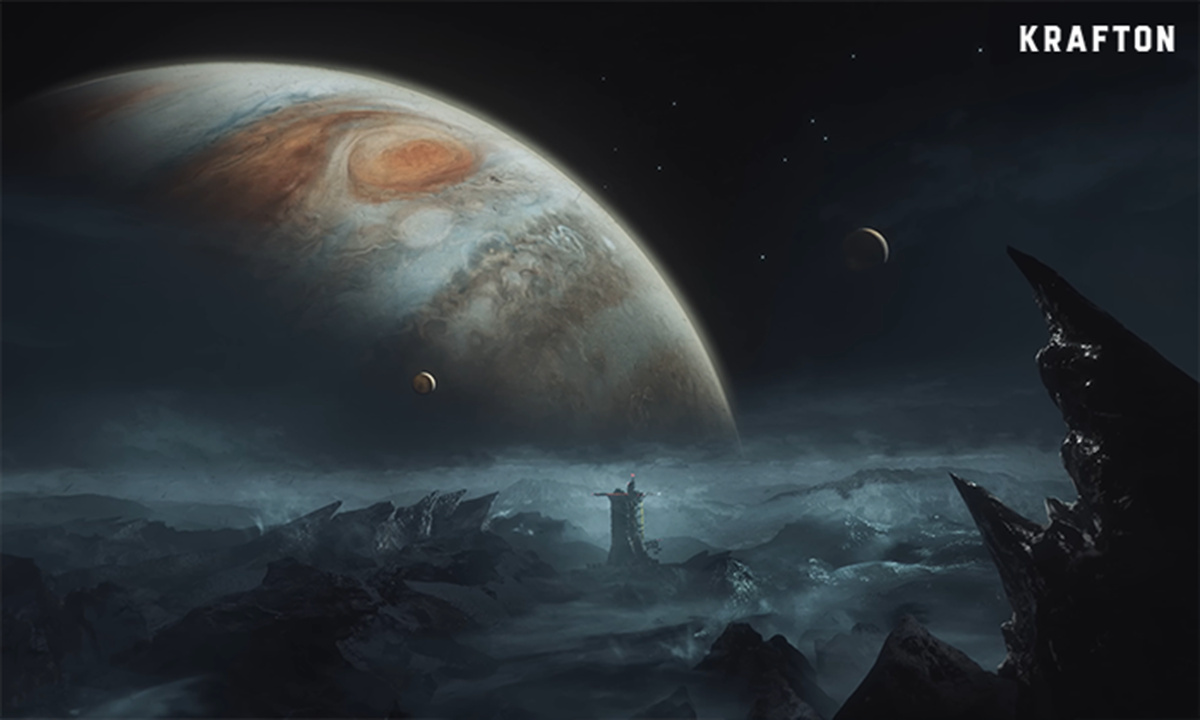
Atmosphere
One of the most important aspects of a horror game is the atmosphere. You want to create a setting that feels dark, oppressive, and threatening. Players should constantly feel uneasy about the world around them and be afraid of what lies around every corner. This is one of the reasons we set the game on a deep space prison on Jupiter’s dead moon “Callisto.”
Prison is one of the most terrifying, oppressive places you can imagine. It’s cramped; it’s dark; it represents a total loss of freedom. Generally, it’s a terrible place to be. Take all that and then drop it on Callisto, one of the most isolated, desolate places in the universe, and you’ve got the perfect setting for a horror game.
Lighting also plays a huge role here. We use a technique we call “cruel glare” to make light feel oppressive and threatening, rather than safe and helpful. It’s a fun way to turn typical conventions on their heads and make players uncomfortable and on edge.
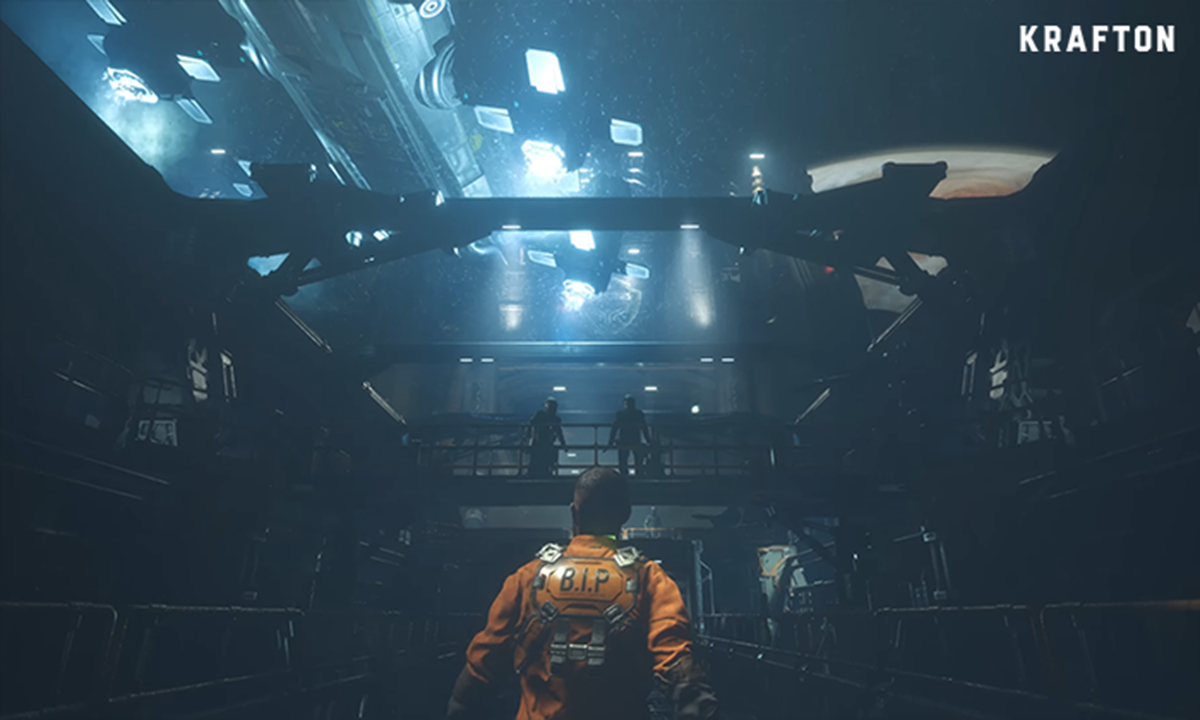
Tension
I really can’t say enough about the importance of tension in a horror game. Tension is everything. That feeling of suspense when you don’t know what is hiding in the shadows is a huge part of the thrill ride.
We spend A LOT of time thinking about pacing. How long do you wait between scares? When do you back off and let players catch their breath? How do we scare players when they least expect it, or hold a scare back when they’re looking for one? It’s a bit of a game of cat and mouse with the player.
We also lean into audio a lot for tension. Audio is huge in horror. I look at it like it’s a full-blown game feature. It’s that important. With all the advances with new consoles, like 3D Audio and acoustic ray tracing, we can do some incredibly cool things to keep players on their toes. I really hope players will check out the game with a nice pair of headphones for the full experience.
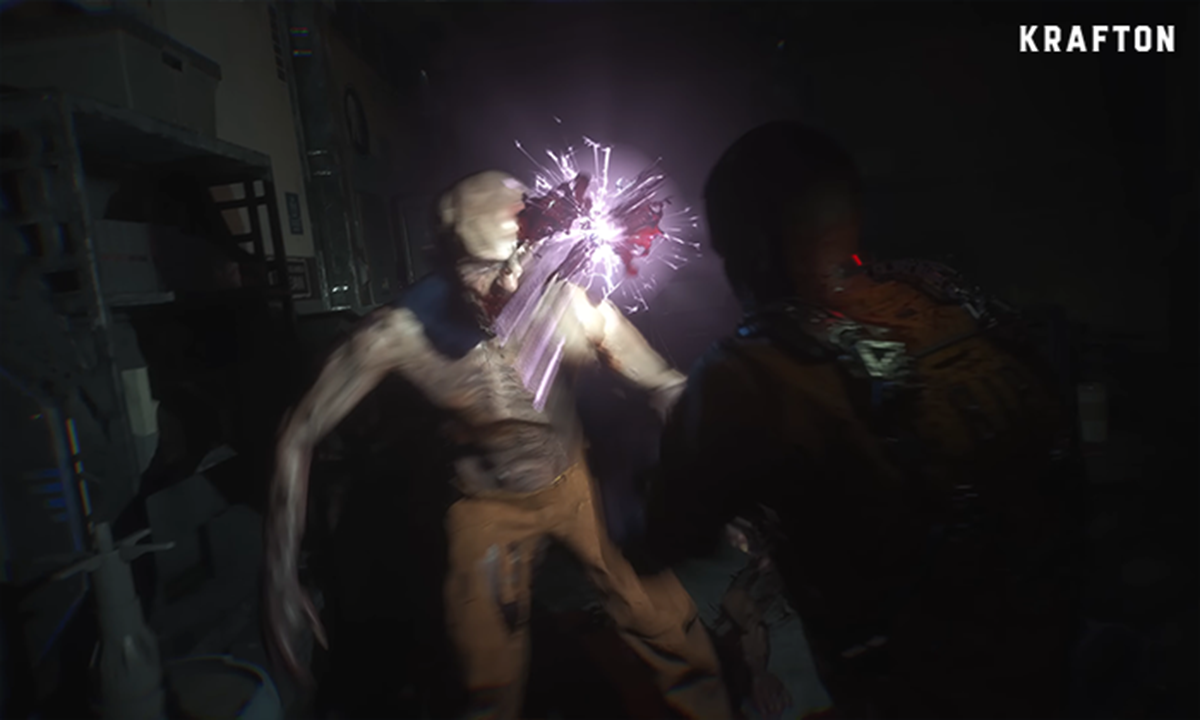
Brutality
Brutality is also naturally a big part of horror. We’ve designed our creatures to just be absolutely grotesque and created a combat system that forces players to get up close and personal with the monsters.
This sense of brutality is one of the reasons that we’ve added so much melee combat to the game. We want players to feel the heavy swing of the stun baton and feel the snapping of the monster’s bones through the use of haptics. This makes the game terrifying and deeply immersive.
And don’t even get me started on the blood and gore system we created!
But brutality isn’t just gore and combat ─ one of the things I really love about a lot of the Korean horror films I’ve been watching is how they contort, bend, and break the human body. The idea of breaking bones and twisting the body in unnatural ways is just plain brutal. It’s not graphic, but it’s really disturbing, and just scary as heck. We’re definitely incorporating some of that into the game as well.
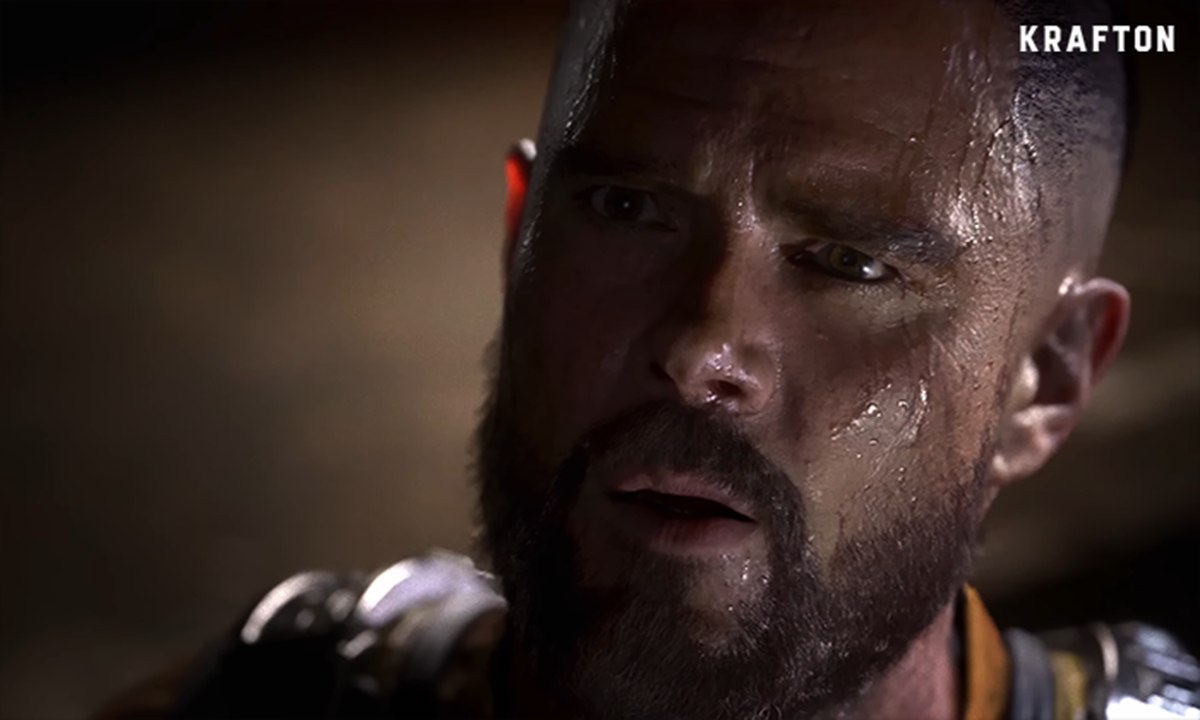
Humanity
Another key part of horror engineering is the idea of making everything feel grounded in humanity. That means a lot of things. We focus on creating believable characters that players will care about, with a rich story that people can relate to. It also means making sure that even our monsters have human details that remind players that these creatures were once humans that have gone through terrible mutations as part of the mysterious outbreak on Callisto.
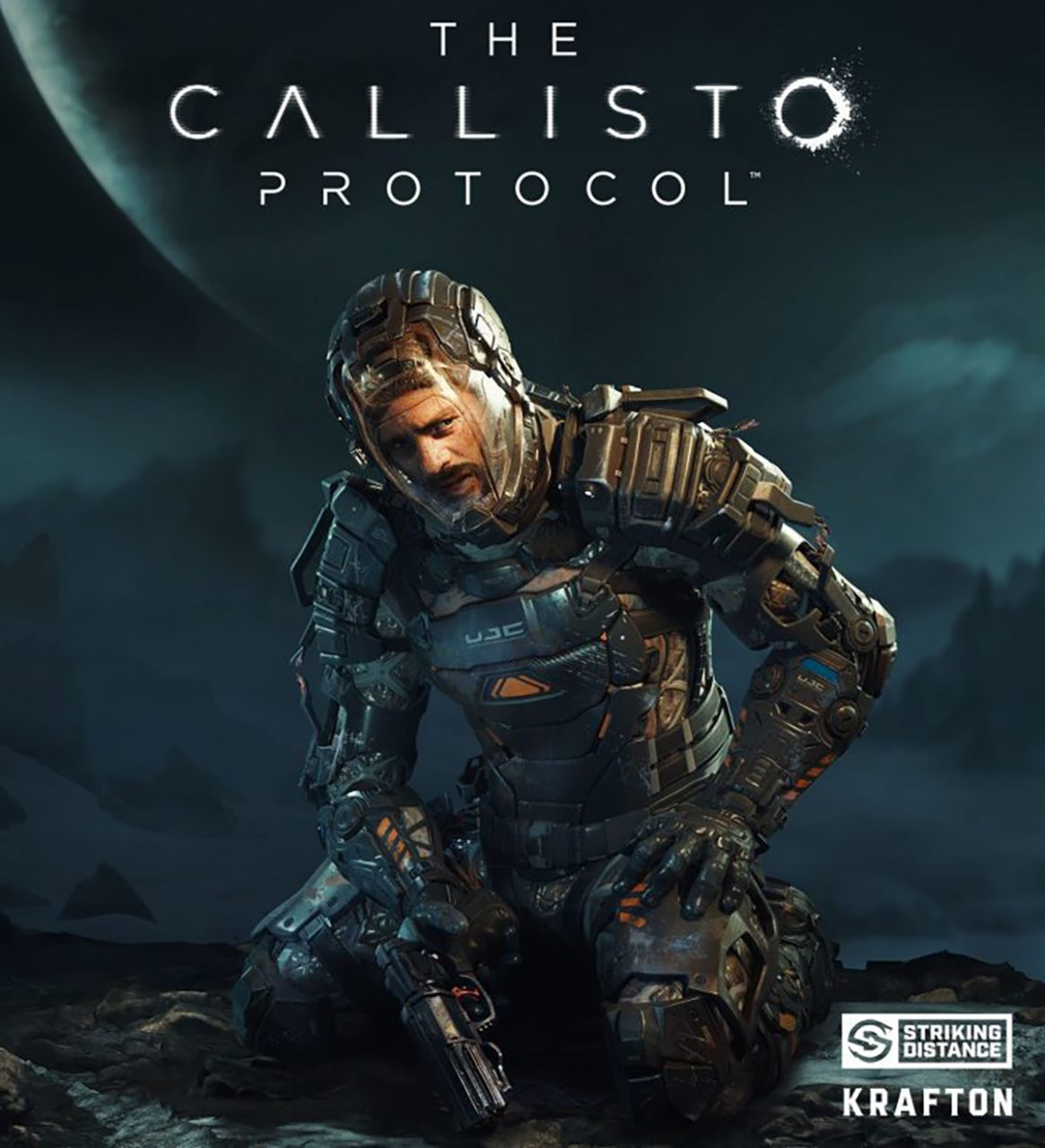
Helplessness
And finally, helplessness. Helplessness is critical to horror. Players must feel like the world is against them and they really need to struggle to survive.
A good example of this feeling of helplessness is our box art. Most games make their main character look like a bold, strong hero. Our hero Jacob doesn’t look like a super soldier. He looks like he’s been through hell. He looks like he’s only got a tiny bit of fight left in him, but he’s not ready to give up just yet. It’s a great way to set the tone for the whole experience.
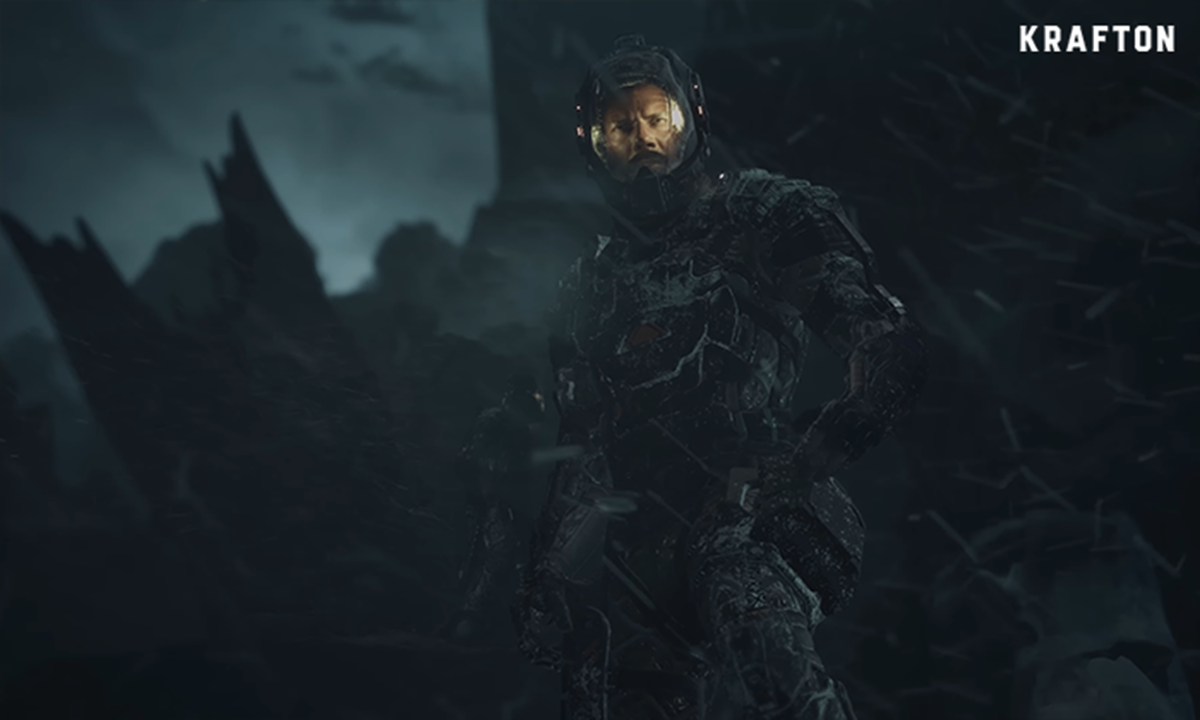
I hope you found this look at Horror Engineering interesting and helpful. We can’t wait for you to check out the game when it comes out this December.
